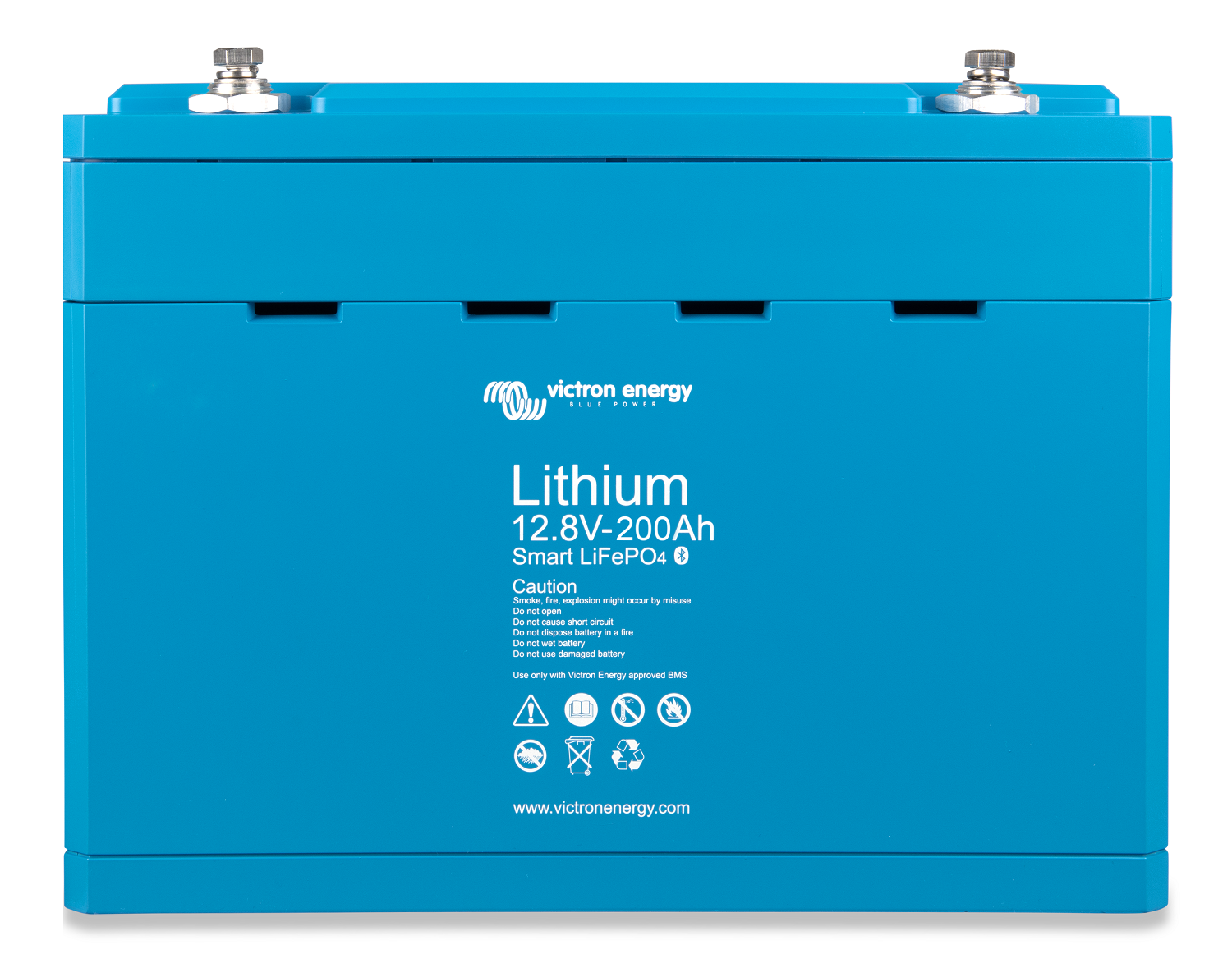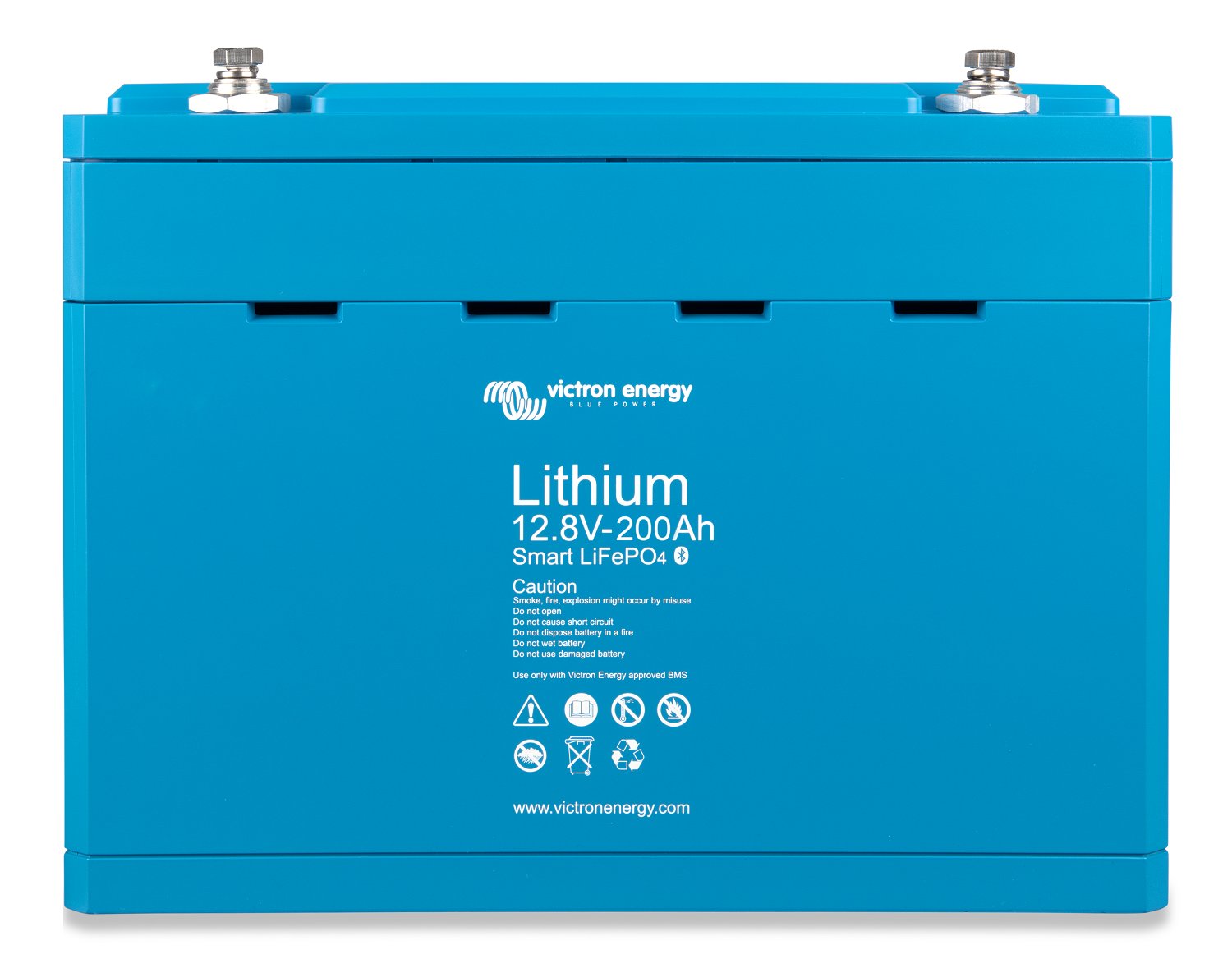Answer
Jun 04, 2025 - 01:35 PM
ABYC 11.10.1.2.2 refers you to table 3B which has the note "This table is relevant to conventional battery technology (lead acid, AGM, Gel) and is not applicable to technologies such as lithium ion and thin-plate pure lead (TPPL), which may require significantly higher AIC ratings."
ABYC 11.10.1.2.3 says if the capacity is over 2200 CCA or 500 Ahr the overcurrent protection AIC must be:
11.10.1.2.3.1 at least as great as the battery manufacturer’s short circuit rating, or
11.10.1.2.3.2 20 kA at 125 VDC or higher, if a battery manufacturer’s short circuit rating exceeds 10 kA.
We always recommend class T fuses that have an AIC of 20,000 amps as the main overcurrent device on our lithium battery systems.



